At 100 years old, Elaine Garlock narrowly missed the 1918 flu pandemic.
She survived scarlet fever as a young adult.
And as a mother, she feared for her children as the polio epidemic raged.
Now in the time of the COVID-19 pandemic, Elaine could not wait to get her vaccine.
On Thursday, she pushed up her sleeve to receive her second shot at a Spectrum Health vaccination clinic.
She joked with nurse Lindsey Lobdell, RN, about having strong arms.
“You got enough muscle here,” Lobdell agreed. She delivered the injection and placed a Band-Aid on Elaine’s arm.
As an added bonus, Elaine’s 85-year-old sister, Harlene, got her second vaccine the same day.
Both sisters said they did not hesitate to get vaccinated.
“This pandemic is horrible,” Harlene said. “Anything we can do to get through it as quickly as possible is what we need to do.”
“I admire the scientists who developed the vaccine,” Elaine said. “I admire their scholarship.”
The sisters live independently, 40 miles apart. Despite their close bond, they have seen each other rarely in the past year, as they have taken precautions to prevent the spread of the COVID-19 virus.
Recalling the polio epidemic
Growing up in Carson City, a small rural town in mid-Michigan, Elaine heard little about the deadly influenza pandemic that struck a couple of years before her birth.
“Way back in 1918, people would not have had the access to information that we now have, so they might not have been aware of the scope of the disease like we are today,” she said.
But she recalled a family in her town that had been affected by the pandemic. A man and woman, who had each lost their spouses to the flu, married and created a blended family.
Then, as a mother of young children, Elaine was intensely aware of the polio epidemic in the late 1940s and early ’50s.
“That was very scary,” she said. “I had a cousin who had polio and she was paralyzed for life.”
Harlene, a teenager at the time, recalled the traumatic effect polio had on their little town.
In a few years, a half-dozen young people died, including two of her high school classmates.
“We were terribly fearful,” she said. “We couldn’t go swimming. We couldn’t get together.”
Harlene worked as a teacher in Grand Rapids when the polio vaccine became available in 1956.
“We couldn’t wait to get it,” she said.
Through Fountain Street Church, Harlene became familiar with two women in the congregation who were vaccine trailblazers: Pearl Kendrick and Grace Eldering. Their research in the 1930s and ’40s led to the discovery of the vaccine for whooping cough.
“I didn’t know them well, but I had a great deal of appreciation for them,” Harlene said. “Vaccines in my lifetime have been a wonderful thing.”
The second dose
In January, Elaine and Harlene received their first COVID-19 vaccine a couple of days apart.
They discovered, by coincidence, that their second doses were scheduled the same day—on Harlene’s 85th birthday.
For Harlene, the vaccine represents hope—although she expects defeating the virus will take time.
“At best, it’s the beginning of the end,” she said. “I don’t think we are close yet, because there are so many unknowns.”
Both women miss seeing their children and grandchildren.
And Elaine looks forward to the day when she can move freely about town. She keeps busy—reading, working crossword puzzles, playing Scrabble with herself and writing a column for a local newspaper.
But she misses visiting her friends who live in nursing homes and assisted living centers.
“When I go to the post office, sometimes I take the scenic route home,” she said. “I drive five miles out in the country just to look at the scenery, so I feel like I’ve been someplace.”
The sisters saw each other in August at a celebration for Elaine’s 100th birthday—her family held an outdoor party with masks, social distancing and other precautions.
They did not get together to celebrate Thanksgiving or Christmas.
But when they spoke on the phone, Harlene said her sister recalled their experience during the polio epidemic: “She said, ‘We made it through that. We can make it through this, too.’”
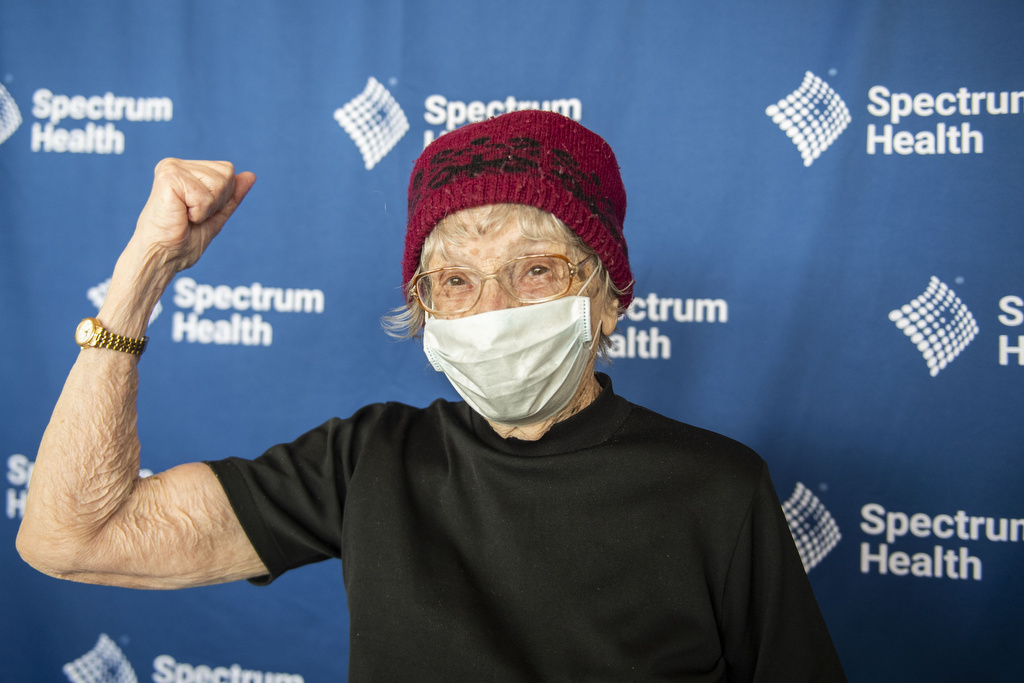
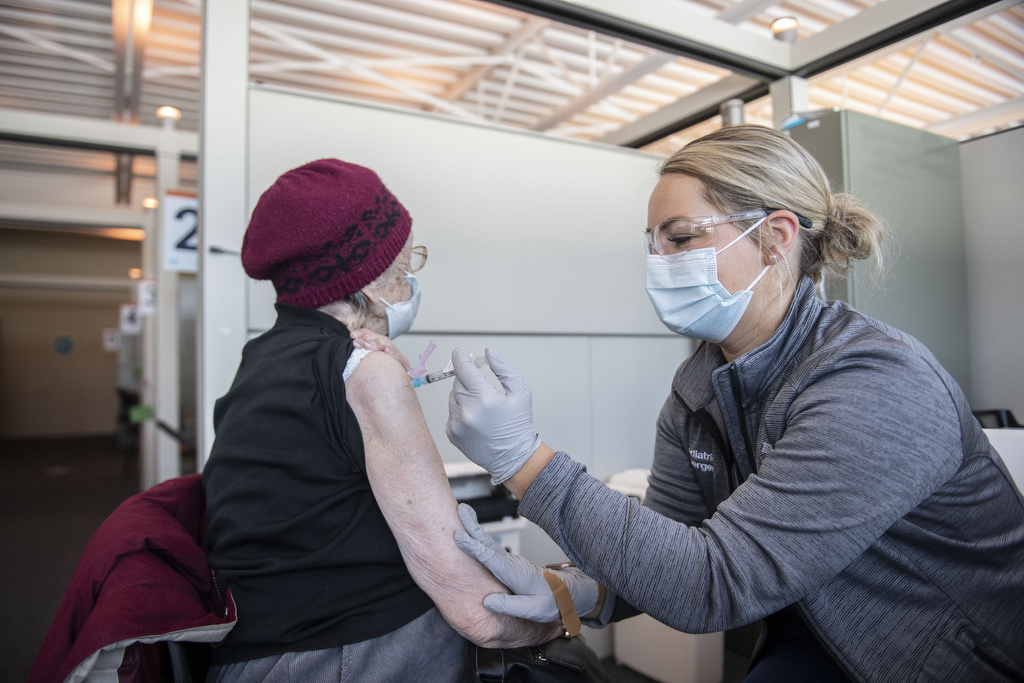
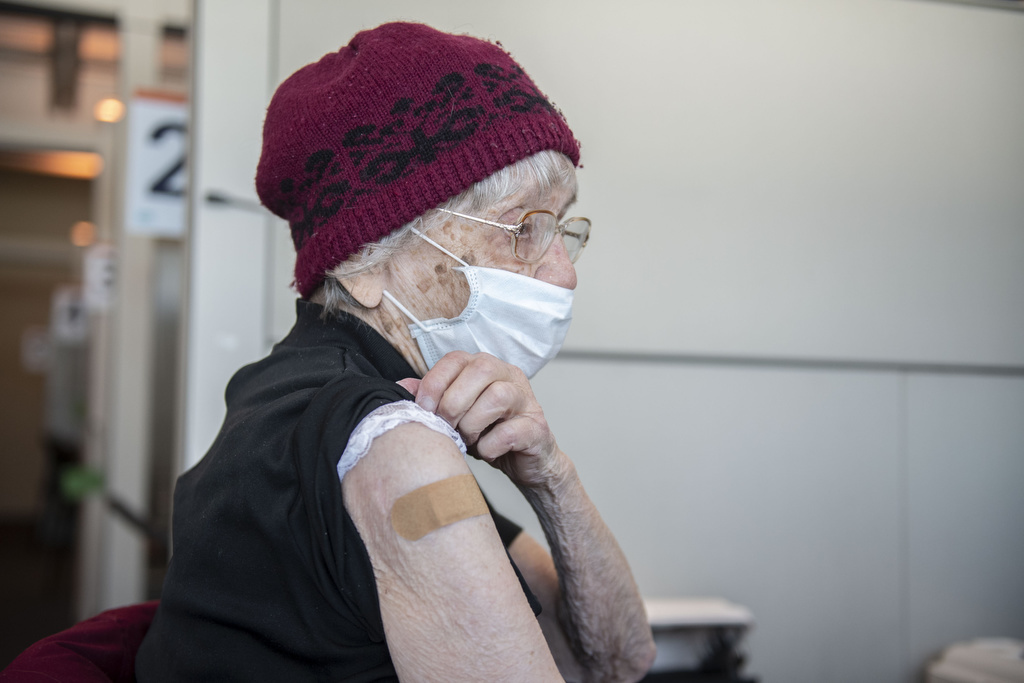
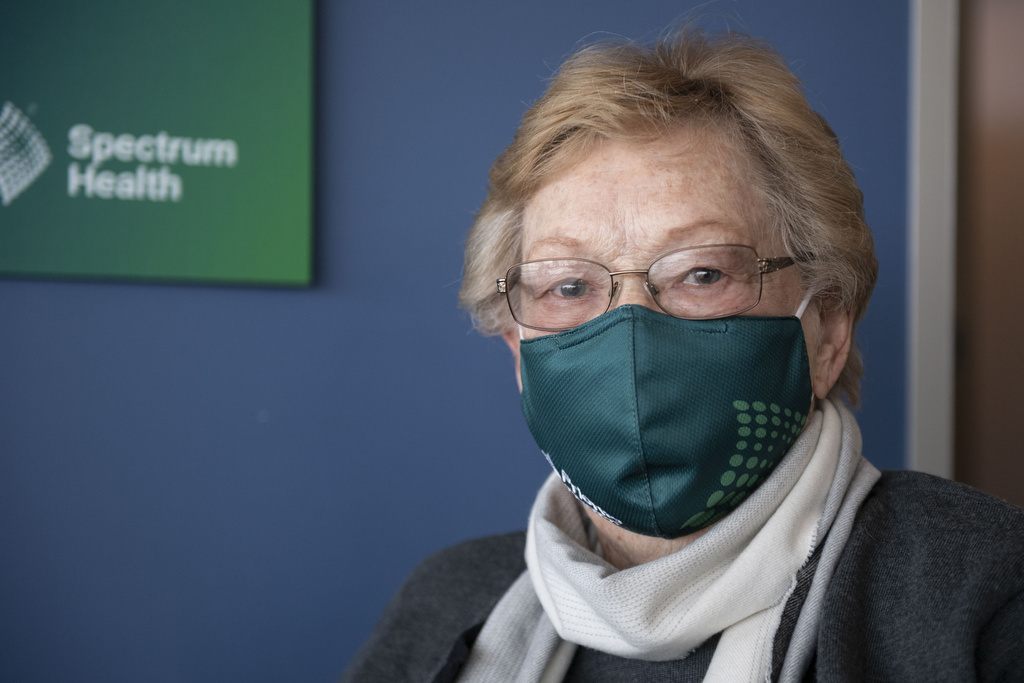



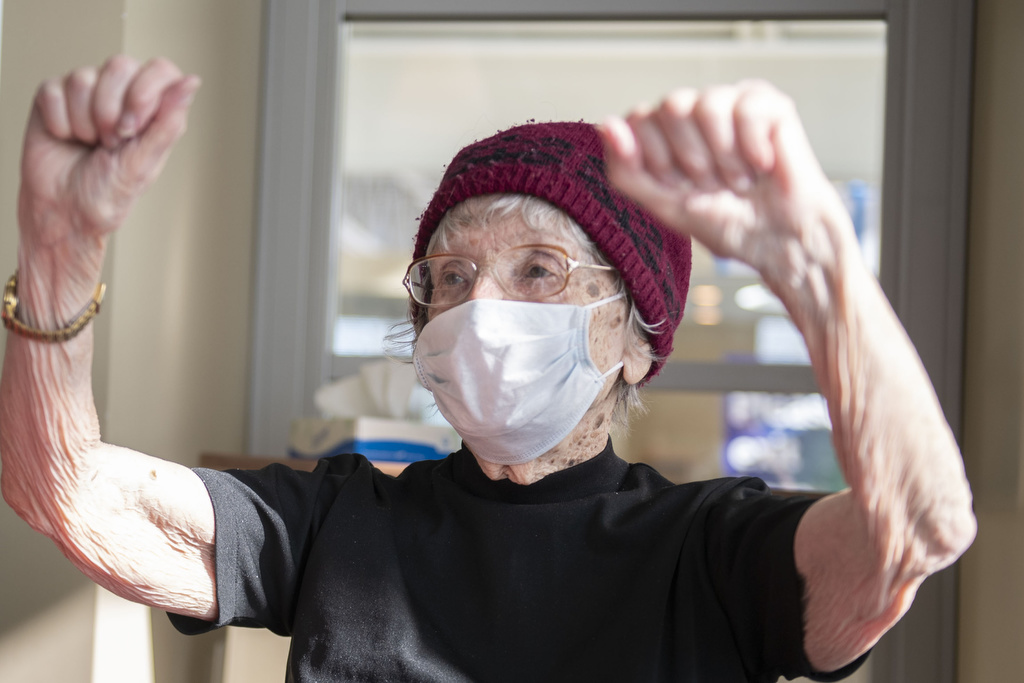
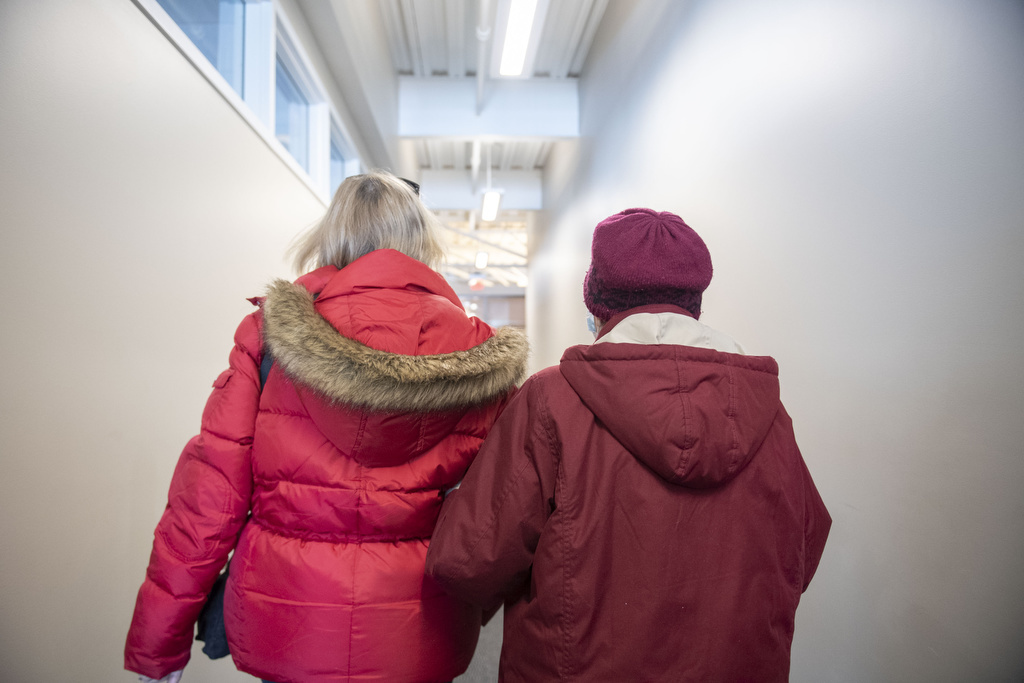
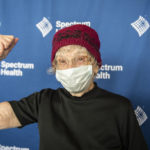
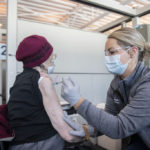
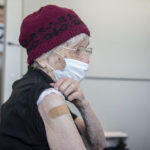
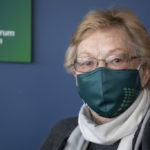
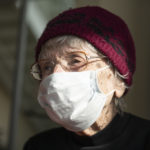
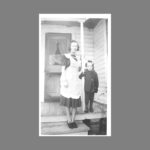




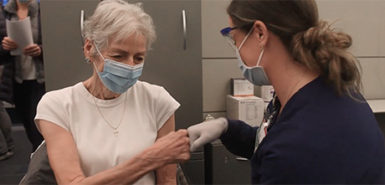 /a>
/a>
 /a>
/a>
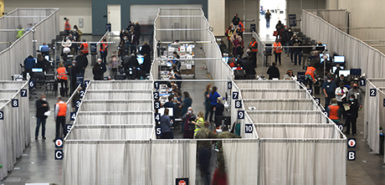 /a>
/a>
My remarkable mother & auntso glad for them..
They really are remarkable! May we all be like them when we grow up.
Two beautiful women I’ve known all my 80 years! They are troopers and I sincerely admire that! Vaccine is not yet available in our vicinity but we will be in line when it does get here. May God continue to BLESS each of you Elaine and Harlene! Much love!!
Beautiful and inspiring story! Thank you Sue.
How blessed both of you and your families are. I met Harlem’s through work related visits. What a go getter! Yea for both of you. 💝🎈🙏
Just so proud to know them!!!